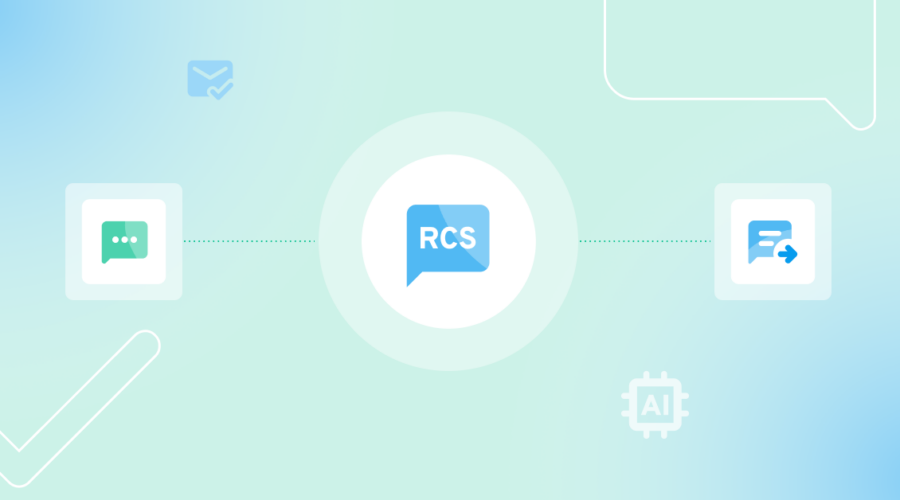Enhancing the customer experience can sound daunting — it sounds expensive, time-consuming, and troublesome to implement the necessary technologies to better serve your customers without disrupting your internal processes.
Fortunately, SMS provides a simple, economical way to communicate with your customers, providing a better experience regardless if you’re providing water, electricity, gas, or solar.
Don’t believe me? Here are a few ways the utility industry can benefit from using text messaging.
Invoice and payment reminders
Missing a payment is never really great, but missing a payment that can result in having your lights or water turned off is especially bad. Paper and email reminders have a habit of getting lost, discarded, or stuck in SPAM folders. Sending a text reminder, one that’s more likely to be seen than other reminders on other channels, helps your customers remember to pay on time and provides them with a better experience so they can keep the lights or heat on.
Usage and outage alerts
Updating customers on their usage has two purposes. The first, if there are caps on the amount of electricity or water they can use without incurring additional charges, helps customers from going over their limits. A less commonly thought of usage alert is for unusual usage. If gas usage spikes versus usual usage for the time, this could be the result of a leak or other potentially dangerous situation that your customers will need to be aware of.
Updating customers on outages helps them to understand what they need to do ahead of time (for planned outages that are a result of utility work), and when they can expect services restored (from unplanned outages). This engagement helps cut back on the number of inbound calls to your service center.
Speaking of….
Reduce inbound and outbound calls
Making and receiving calls costs you time and money. Agents can only manage one call at a time, and may only be able to handle a handful of calls within an hour. An influx of calls can overwhelm your system and lead to wait times that make already stressed customers even more stressed. Text messaging can alleviate that stress (for you and your customers).
Texting alerts and notifications can reduce the number of inbound calls you have to manage by eliminating the need for customers to call in to have their questions answered. On top of that, newer forms of SMS (like toll-free SMS and Local A2P) allow customers to reply to text messages (vs. the previous standard short code solution), receiving customer support on a channel that, to be honest, they prefer anyways.
The asynchronous nature of SMS means one agent can handle multiple customer communications at a time, lessening wait times for information without having to expand your customer care operations.



